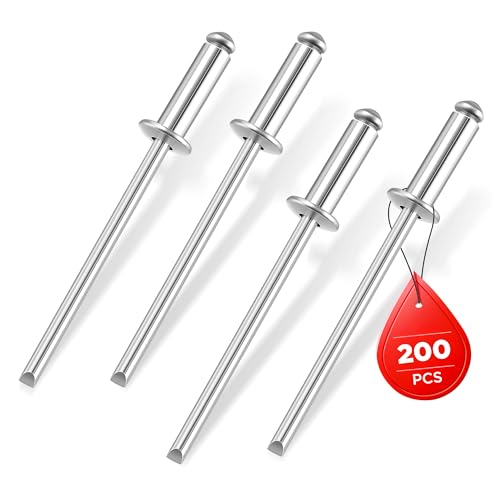From your description, you only bypassed the key switch.
1) The Red/yellow wire on the solenoid is the connection which activates the solenoid. So all you did was bypass the key switch and activate the solenoid directly. (The wire gauge you used is fine for this purpose). The starter still pulled its power through your normal battery cables.
2) If you were planning on bypassing the solenoid and going directly to the starter, the wire that you are using is FAR too small. You should be looking at using nothing less than a 10 ga wire (very cheap jumper cables) preferably a 6 ga wire. Most standard battery cables are 4 or 2 ga.
3)If you are jumping directly to the battery, make sure you connect SECURELY to the post on the starter FIRST and then tap or connect to the POS battery post. When you jump the starter, you'll pull between 60 and 100 amps, which is a very standard welding amperage. If you connect to the post on the starter last, you will cause arcing which will have a very good chance to melt the threads on the post. Once you do that, it will be VERY difficult (if even possible) to remove the nut from the post. Keep the arcing on the battery post instead. It's far more forgiving.
So if you really want to eliminate your wiring as a problem:
-Remove the kill switch lanyard, place the ignition key in the "OFF" position.
-Disconnect the normal battery cables.
-Using a heavy cable, connect the negative battery post to the frame of the starter (one of the bolts is good enough)
-Using one end of another heavy cable connect to the starter post
-Lastly connect the other end of the cable to the Positive battery post. Just be warned that it will spark pretty good. The starter should start spinning immediately and will remain turning until the cable is disconnected
Good luck!




















































